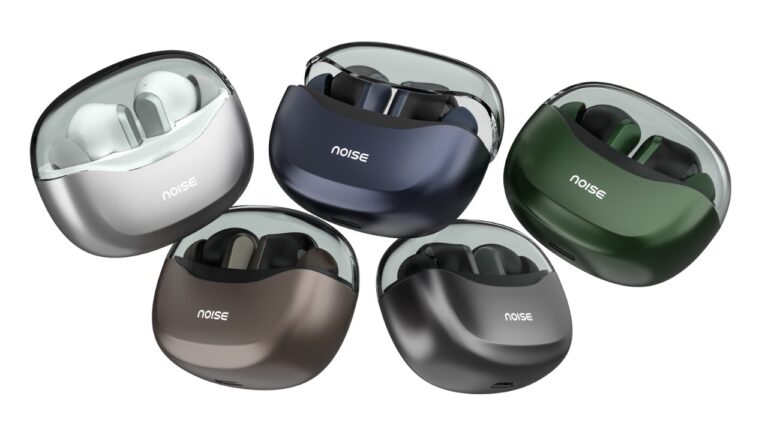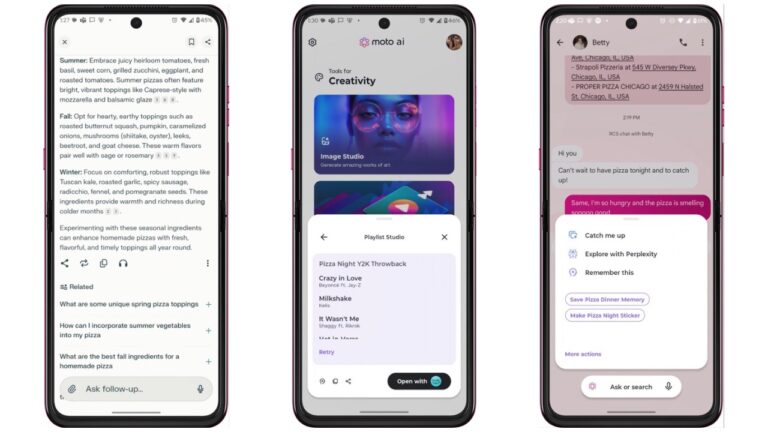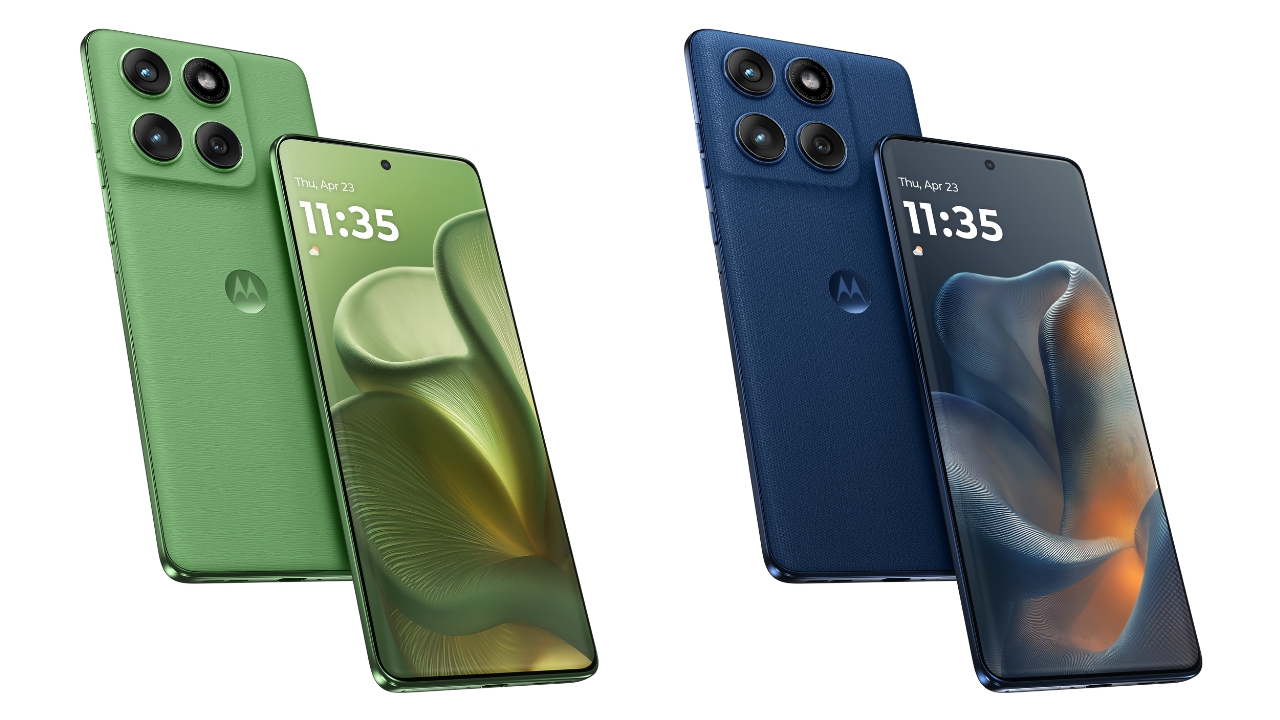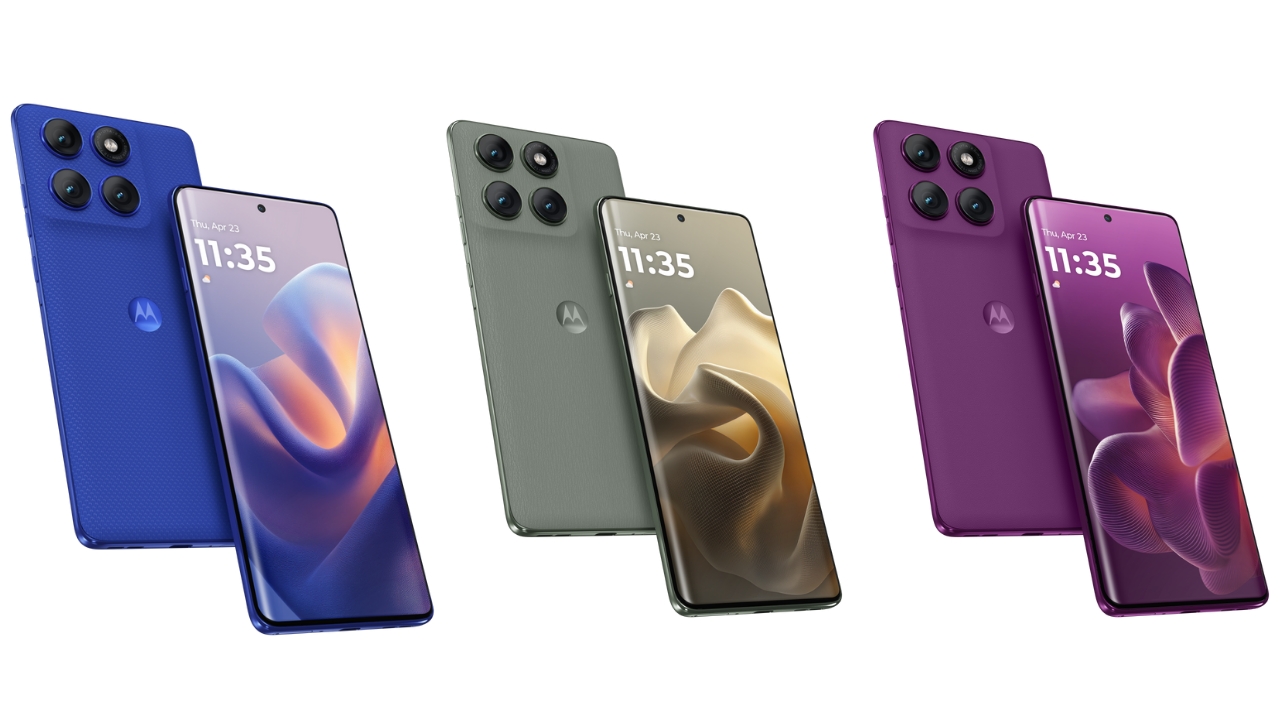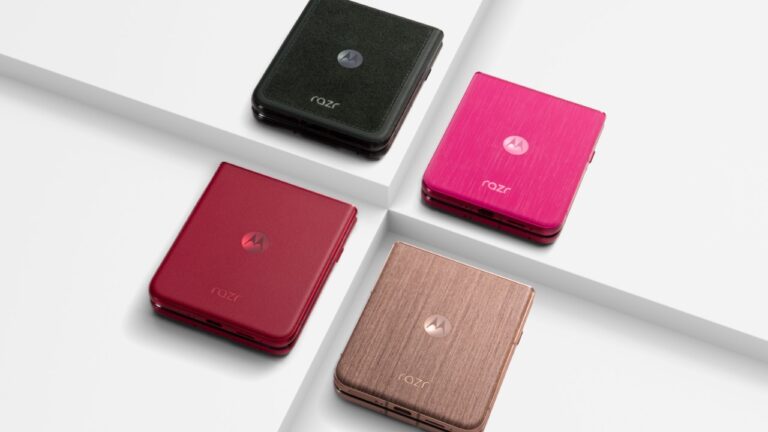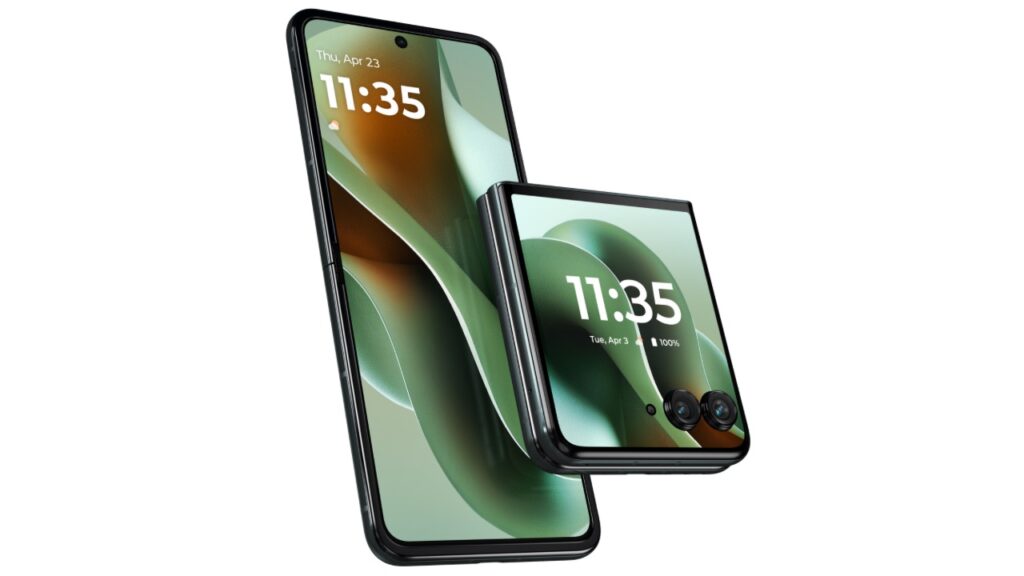As artificial intelligence (AI) continues to embed itself across business functions, SAP India has seen its pivotal “Ghibli moment” – not in consumer tech, but in enterprise finance. The turning point came when mid-size businesses began actively inquiring about and adopting SAP’s AI-driven cash forecasting solution, said Rajeev Singh, Head of Corporate Business, SAP Indian Subcontinent.
Singh described this as a defining shift, noting that once CFOs started to engage deeply with AI to solve core financial forecasting challenges, the conversation around AI adoption in enterprises became serious and urgent.
“Cash forecasting became our Ghibli moment – it’s when CFOs, traditionally the hardest to convince, began asking us how quickly they could implement this AI capability,” Singh told The Mobile Indian in an exclusive interaction.
From Boardroom Hype to Operational Necessity
From excitement to pragmatic fact, artificial intelligence has changed. While Singh contends that in businesses the expectations are greater, tools like ChatGPT bring artificial intelligence into families and public debate. End users in businesses today want AI-infused procedures that mirror the intuitive experiences they have had in personal tools. Singh underlines, however, that enterprise artificial intelligence has to be domain-specific, traceable, and secure in addition to simplicity of use.
“The key questions in enterprise AI are: Is the model relevant to my domain? Can I trace back the decision logic? Is the data being used secure and compliant?” Singh said. SAP uses a framework it refers to as “3Rs” – relevant, responsible, and reliable AI – for guiding AI deployment in enterprise systems.
Security and Data Responsibility Take Centre Stage
In contrast to open, public AI tools, enterprise users remain concerned about data security and intellectual property. Singh cautioned against feeding sensitive data into open AI platforms, noting the potential exposure of competitive information.
SAP’s approach ensures that training data for AI stays within the organisation’s ecosystem. Its Proprietary AI models focus on vertical-specific use cases, offering contextual solutions for finance, HR, procurement, and other departments. For example, Singh explained how their AI system can predict cash availability for salary payments on future dates by analysing inputs from treasury, loans, accounts receivable, and external factors.
High Adoption Rates and Persona-Specific Deployment
According to SAP’s internal survey, 96% of mid-size business owners now consider AI a top strategic priority. SAP has responded by embedding AI into 180 use cases and plans to expand to 400 across departments.
The modular design allows business heads to select specific AI tools relevant to their function. HR heads are using AI to auto-generate job descriptions, screen resumes with reduced bias, and structure interview questions. Procurement leaders are leveraging AI to monitor legal and reputational risks associated with long-term suppliers, using SAP’s global business network.
For CIOS and Chief Digital Officers, SAP offers solutions that map dependencies across complex IT infrastructures, helping them simplify and modernise legacy systems with predictive insights.
Convincing the CFO: The Hardest and Most Crucial Win
Singh acknowledged that CFOs and CLOs are often the most cautious adopters of new technologies due to their roles in ensuring compliance and managing cost structures. But once they see measurable outcomes, such as improved cash visibility or reduced risk exposure, they often become the strongest internal advocates for AI adoption.
This, Singh noted, has been SAP’s internal tipping point. By embedding AI into the financial core of the enterprise and solving a tangible pain point like cash forecasting, SAP has moved AI from a peripheral innovation to a strategic imperative.
“Once the CFO is convinced, the rest of the organisation gets time and space to follow,” he said.
Future Outlook
While SAP’s embedded AI use cases already provide substantial value to clients, Singh said the company also enables businesses to develop their own AI tools through a secure and compliant development environment. This flexibility ensures that enterprises can customise AI solutions to unique needs, beyond the standard modules.
SAP’s roadmap includes deeper vertical integration of AI, with a continued focus on solving persona-specific challenges. The company also aims to extend the reach of its AI-driven systems into smaller enterprises, aligning with broader trends of AI democratisation in business.
As organisations across sectors prepare for increased AI integration, SAP’s bet on secure, relevant, and traceable AI may prove to be a cornerstone in the evolving landscape of enterprise transformation.



